I am a newbie trying to build a simple circuit for reversing polarity (using the components I have). The intention is to control a DC three way motorized ball valve. The valve has two positions and to switch I have to change the polarity of voltage applied to the input wires. I would like to make the switch happen via output from a couple of RPI GPIO pins.
Most common H-Bridge's that I saw on the net use some sort of BJT combination. Unfortunately I do not have the luxury of ordering more components that what you see in the circuit. Will the schematic work, or should I really go hunt for some new components?
Thanks for your comments..
Vijay

